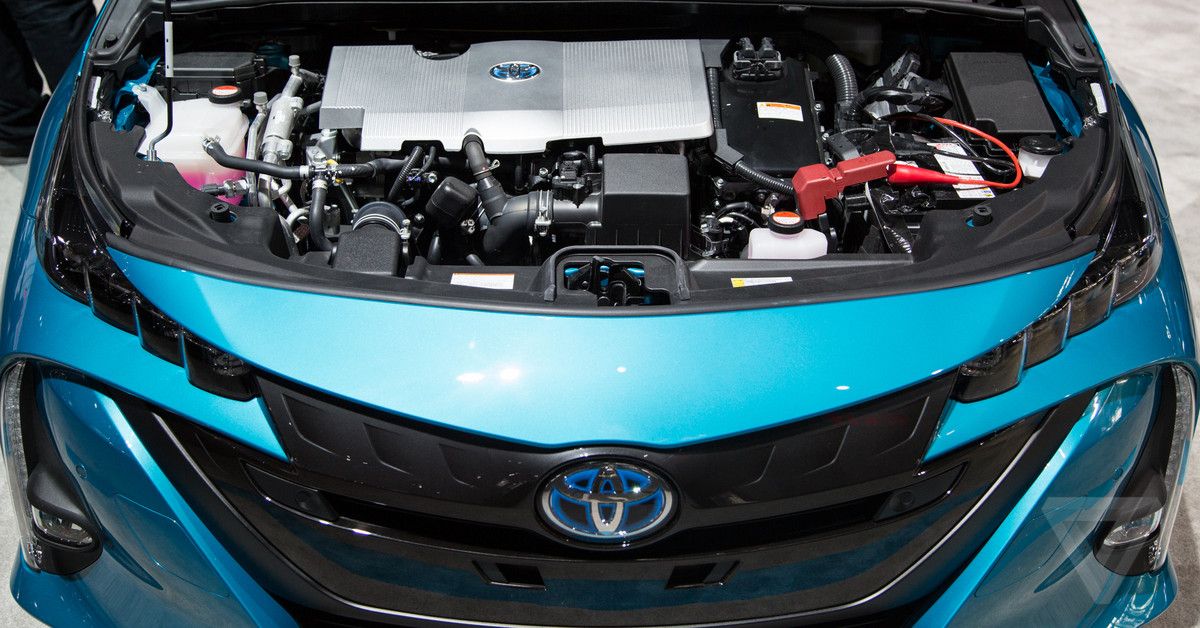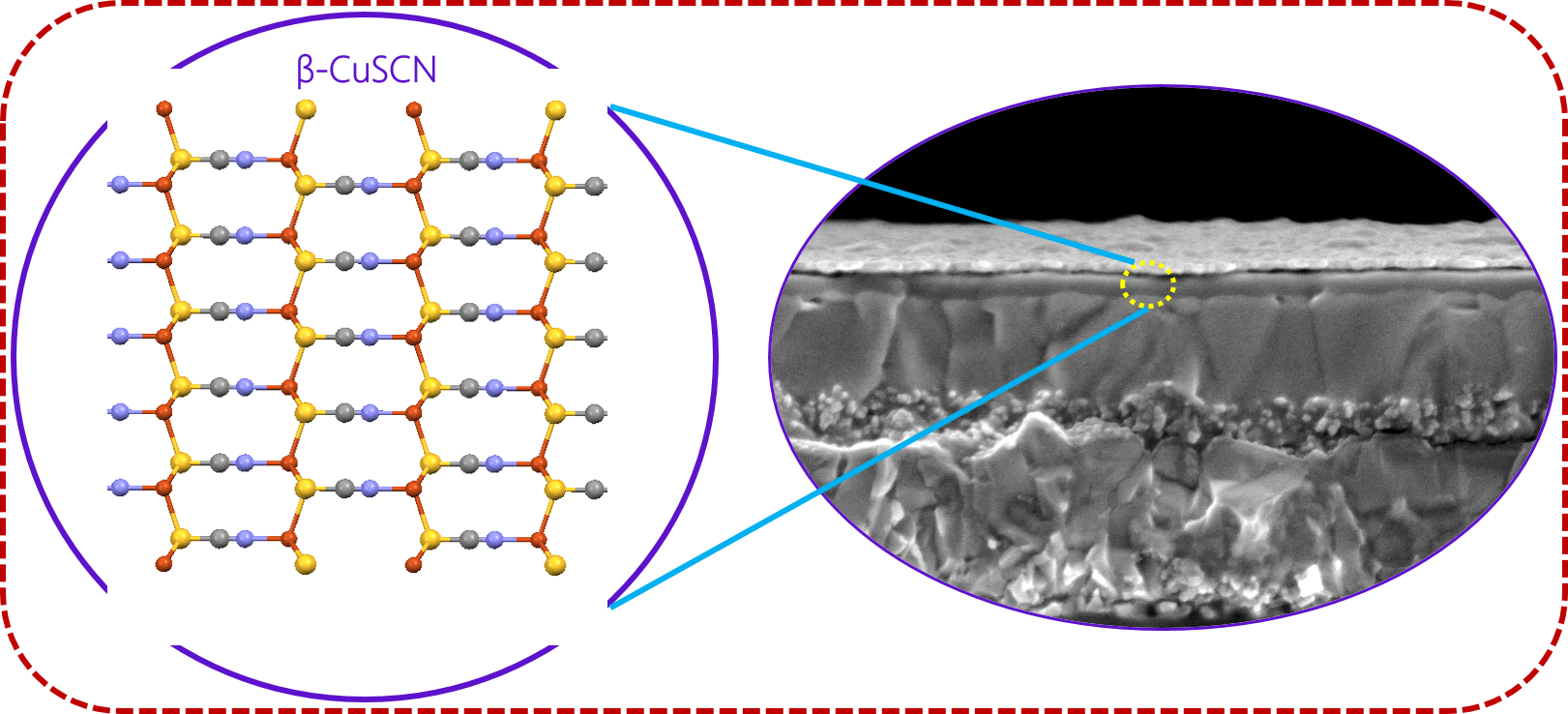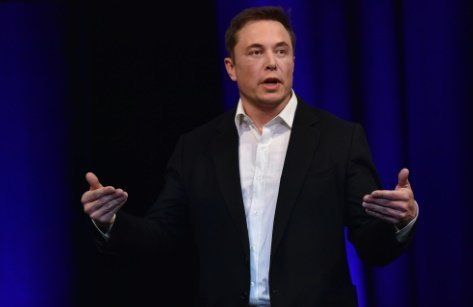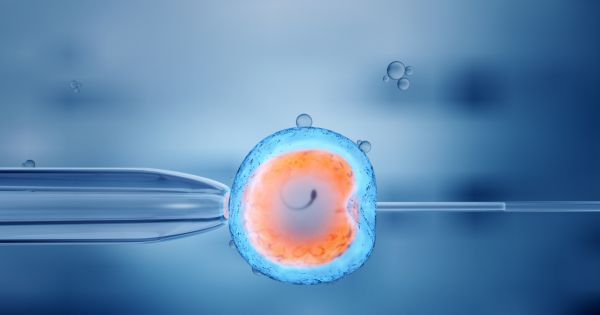Both automakers are set to make future EVs off of Prius platform.
Perovskite solar cells (PSCs) can offer high light-conversion efficiency with low manufacturing costs. But to be commercially viable, perovskite films must also be durable and not degrade under solar light over time. EPFL scientists have now greatly improved the operational stability of PSCs, retaining more than 95% of their initial efficiencies of over 20 % under full sunlight illumination at 60oC for more than 1000 hours. The breakthrough, which marks the highest stability for perovskite solar cells, is published in Science.
Challenges of stability
Conventional silicon solar cells have reached a point of maturation, with efficiencies plateauing around 25% and problems of high-cost manufacturing, heavyweight, and rigidity has remained largely unresolved. On the contrary, a relatively new photovoltaic technology based on perovskite solar cells has already achieved more than 22% efficiency.
Futurist and inventor Elon Musk unveiled ambitious plans Friday to send cargo ships to Mars in five years and use rockets to carry people between Earth’s major cities in under half-an-hour.
The founder of SpaceX said a planned interplanetary transport system, codenamed BFR (Big Fucking Rocket), would be downsized so it could carry out a range of tasks that would then pay for future Mars missions.
“The most important thing… is that I think we have figured out how to pay for (BFR),” Musk told a packed auditorium at a global gathering of space experts in Adelaide.
A team of researchers from Sun Yat-sen University have used gene editing to correct a potentially fatal blood condition. This world-first accomplishment represents the first step to a future where we literally edit disease out of our bodies.
Beta-thalassemia is a blood disorder that plagues individuals throughout the entirety of their lives. There is no truly viable cure. The only real hope that people have of overcoming this disease is either a stem cell or bone marrow transplant; however, these procedures are rarely performed due to the life-threatening risk that comes with them.









